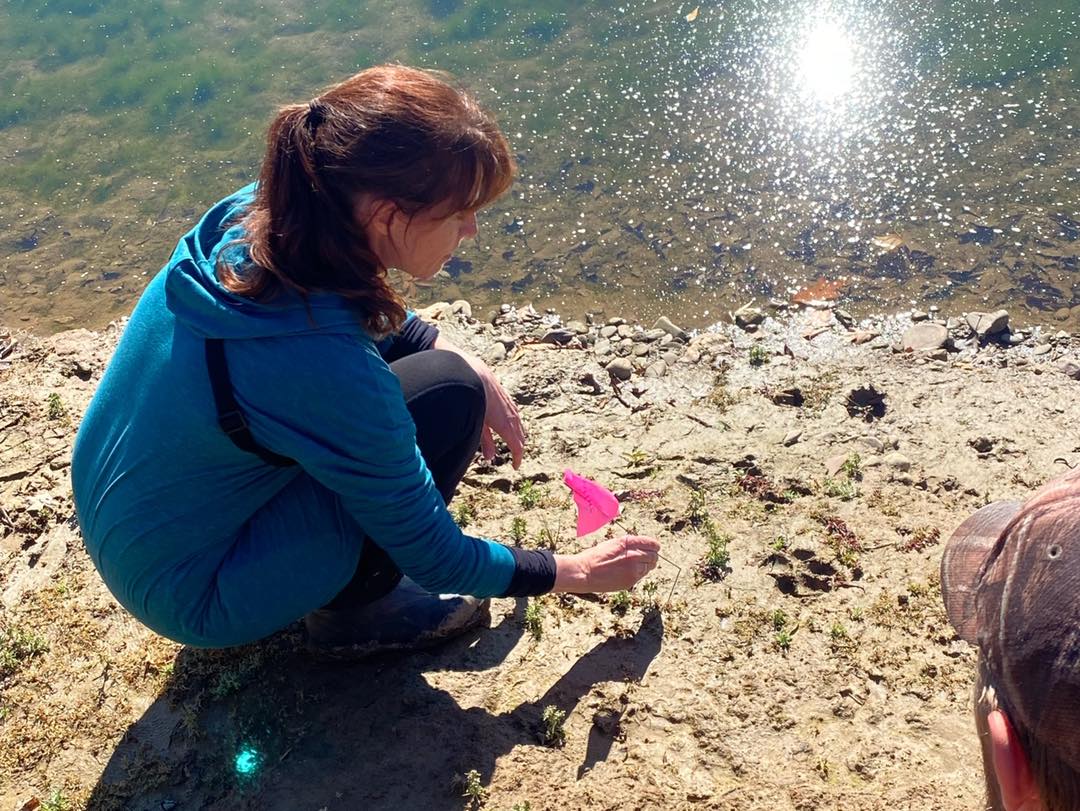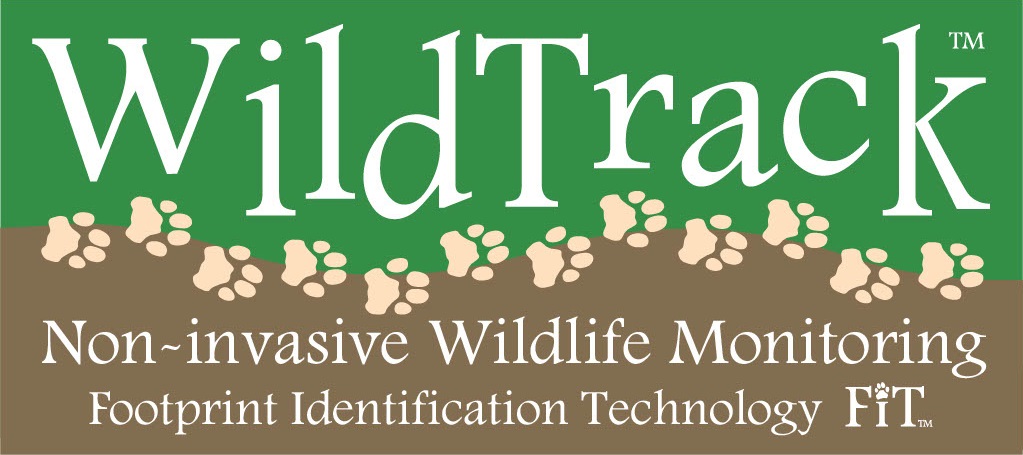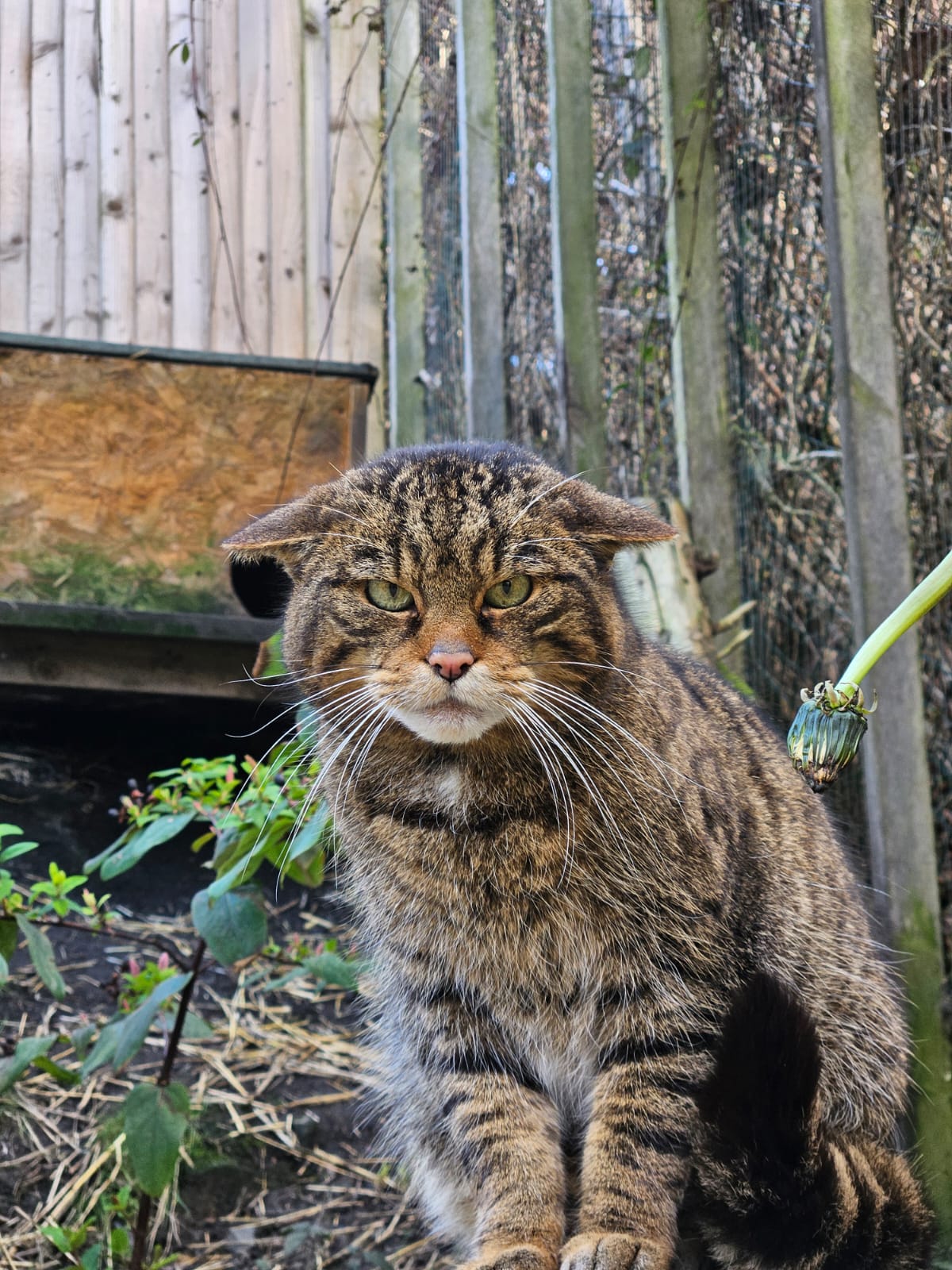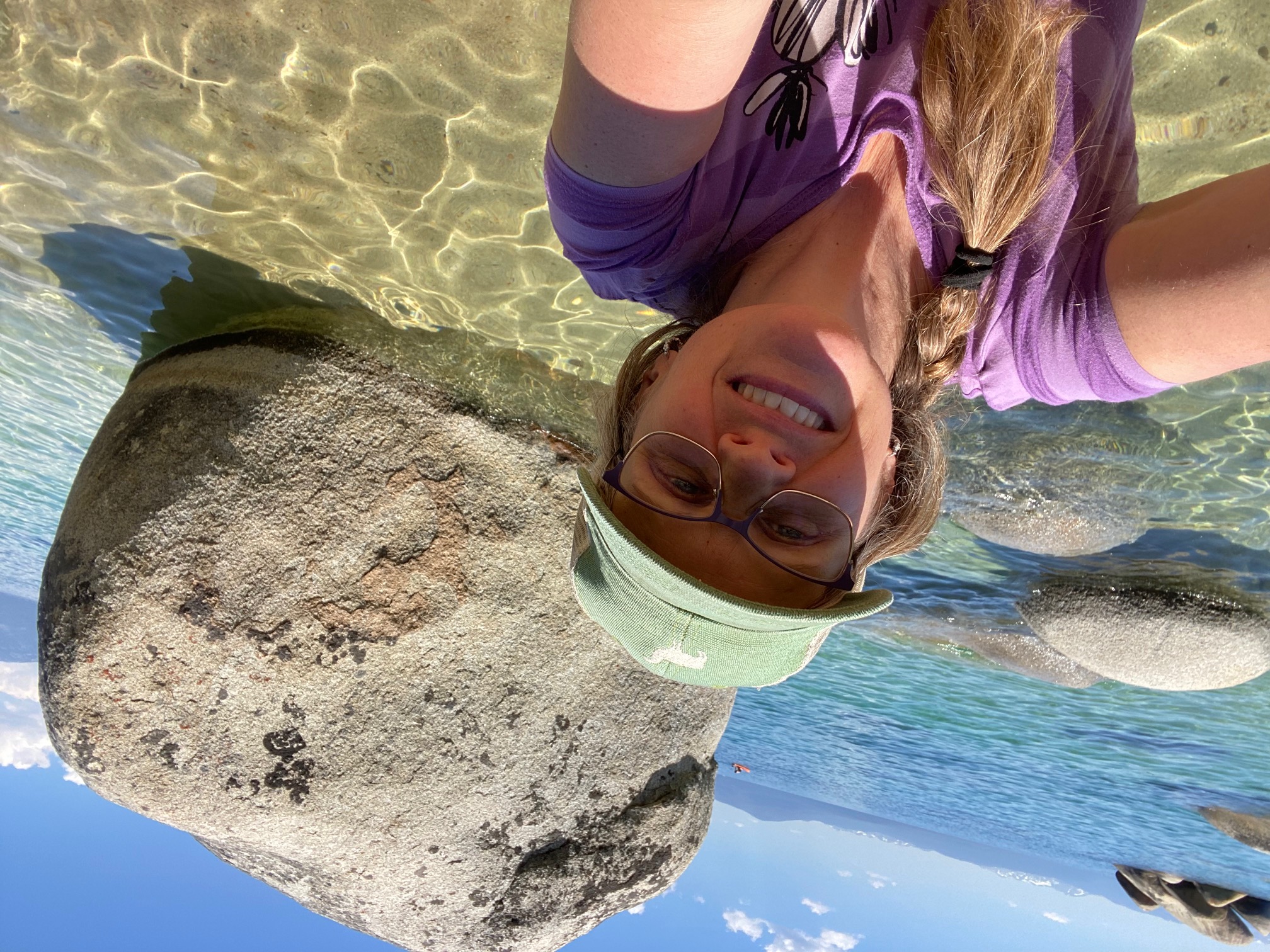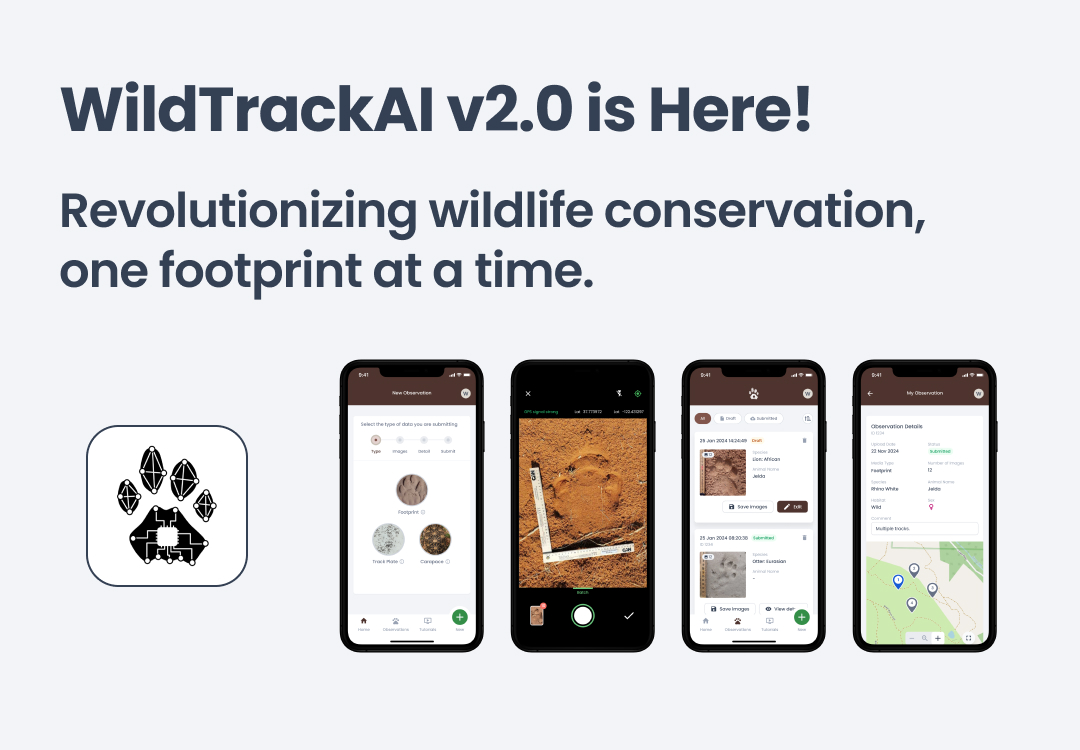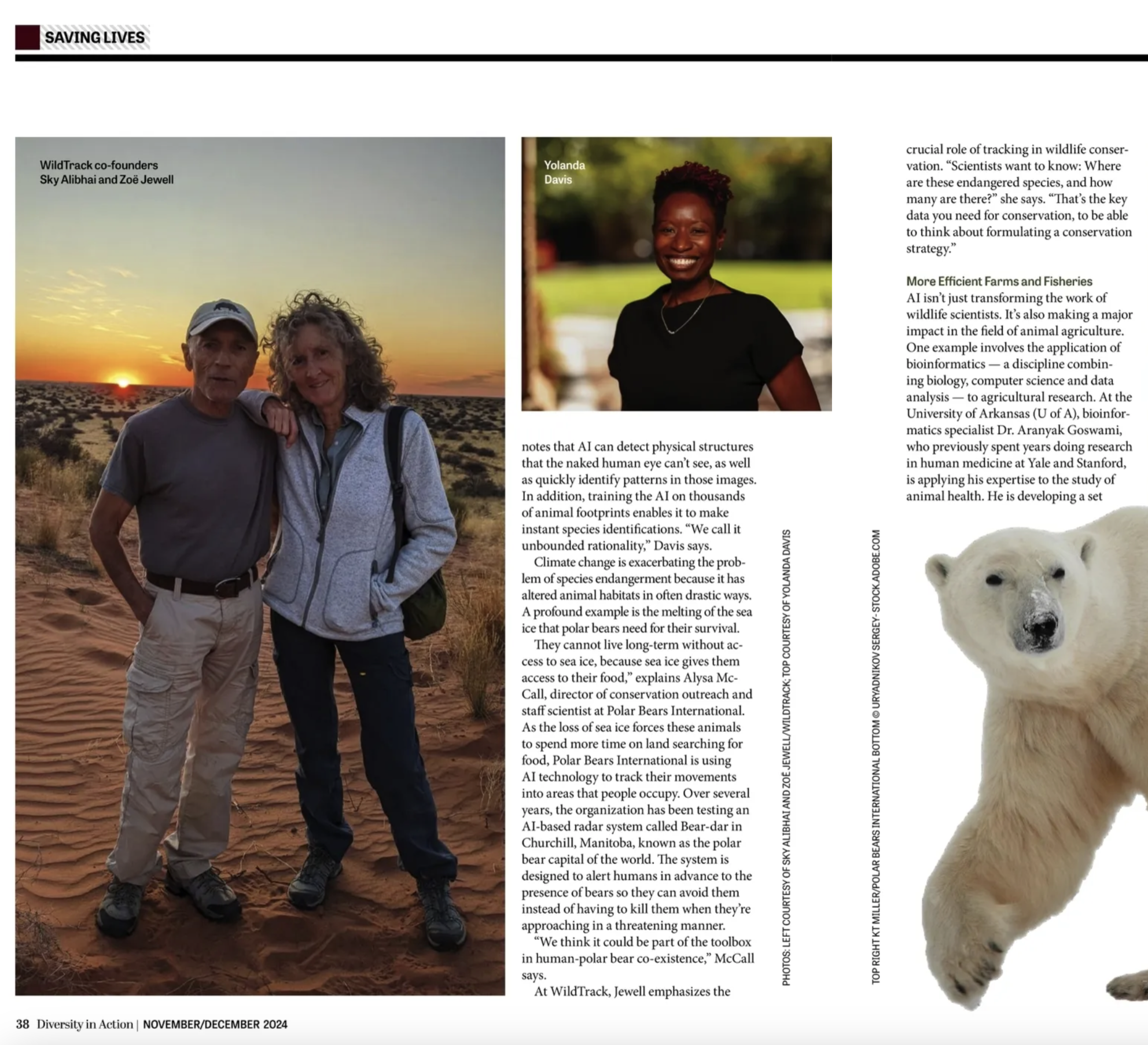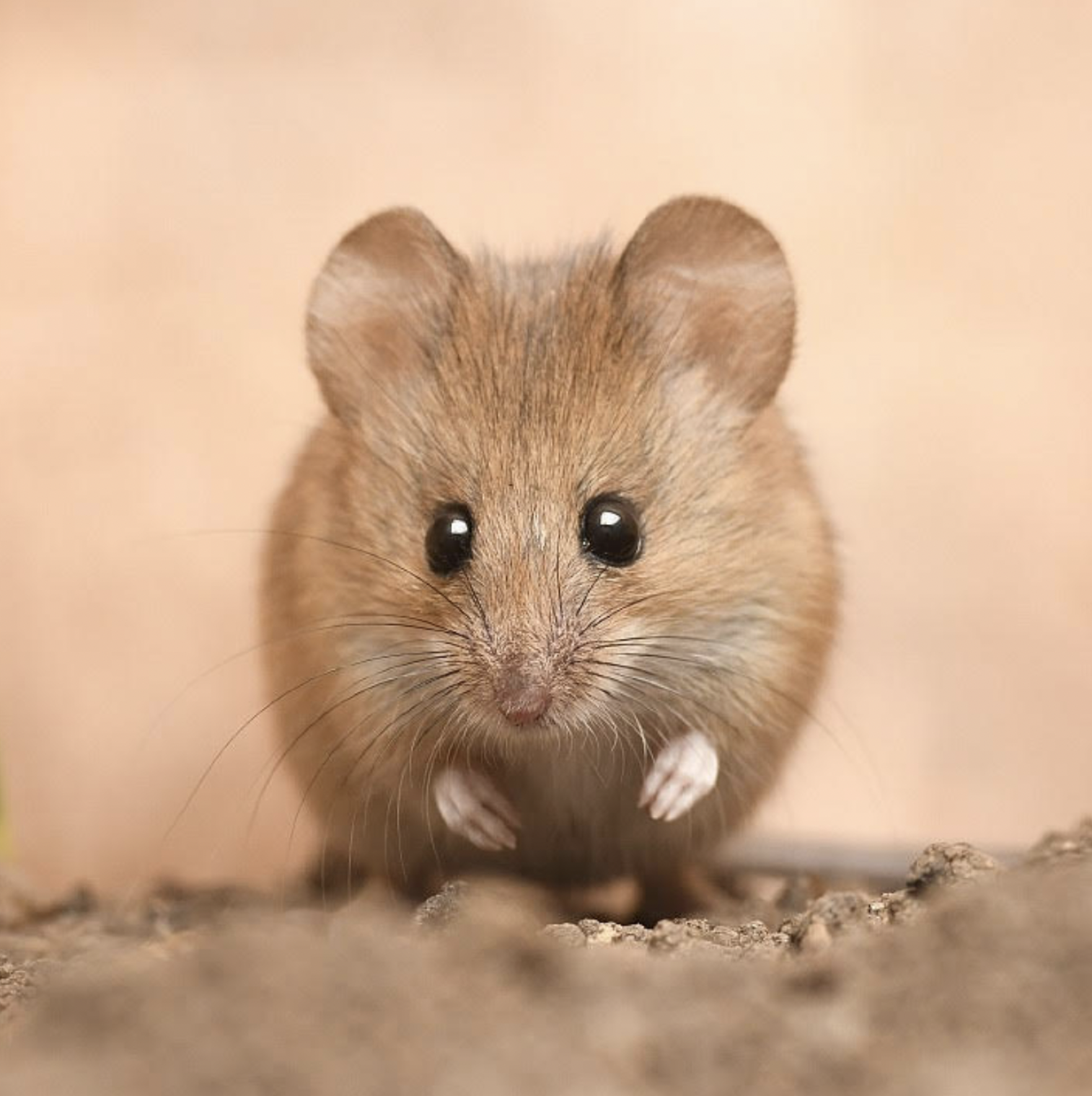Connecting with the Earth, an interview with Shane Hawkins
How can I connect with the Earth on 22nd April?!
In this special Earth Day blog, we interview Shane Hawkins, who works in the Music industry by day…. and is a dedicated tracker in her free time! Shane explains how her curiosity about nature led her to learn to track, and how time in nature can be profoundly life-altering.
Q: What got you interested in tracking?
I have always been a nature enthusiast. As a child I would watch adult nature shows instead of cartoons and load my Golden Guides and a snack into a backpack and disappear into the woods. My first job at age 15 was for a veterinary hospital/wildlife rehabilitation center. I remained there for 17 years because adulting, work life, and parenting took the lead. This was an excellent connection to our local wildlife, but time to really pursue my outdoor interests was certainly limited for a few decades! As the ‘nest’ emptied and more unscheduled time became available, I became quite fixated on the stories in the woods and identifying and building a relationship with the flora and fauna. For the past five years, I’ve studied tracking and foot morphology, anatomy and osteology, wild critter behavior and biology, mosses, fungi, plants, scat, feathers - each new door opened into a room of 100 new doors of categories. The more I learn, the more there is to learn.
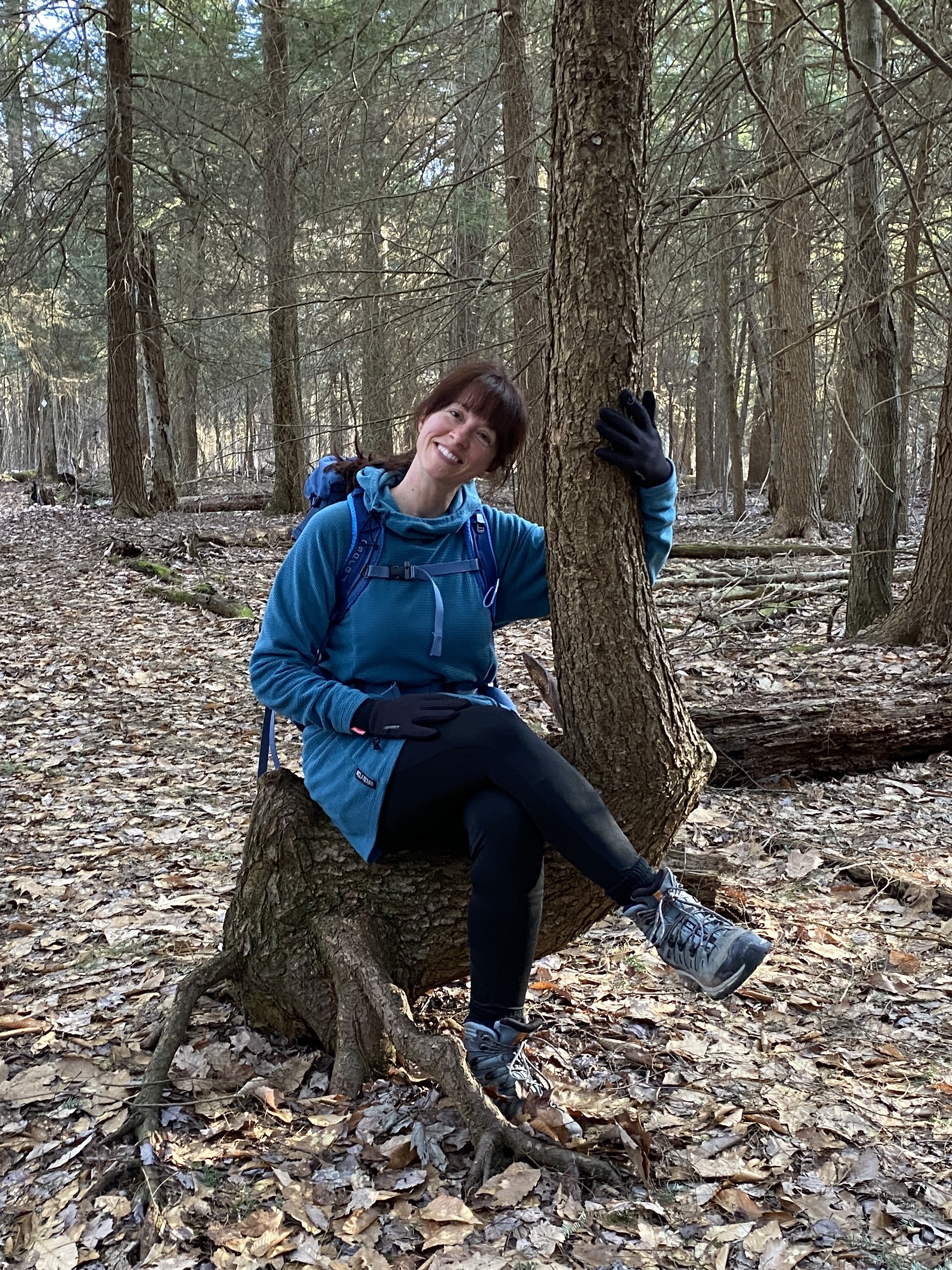
Shane Hawkins
2. How would you advise someone who is interested to get started?
Get outside! Really slow down and look for breaks in the baseline patterns on the ground. Where are there disturbances? What looks different than the rest? Count toes, take measurements, try to imagine the size of the animal making the tracks. Take photos with a ruler to share with others who know more about tracks. Join online Facebook tracking groups, to post or lurk and learn. Buy an accurate track and sign field guide, there are many high-quality resources available. Connect with peers who have the same interests. Sign up for a Tracker Certification evaluation, this is definitely one of the best ways to learn, and network with others!
3. You’ve already contributed some amazing footprints to our AI database for species conservation. How do you see our platform helping encourage others to contribute?
I love the concept of WildTrack. Wild animals have a lot to deal with just to survive, so non-invasive monitoring methods, particularly for the species that you work with that are endangered, is brilliant. While I live in an area that has pretty stable species populations, I’m hoping the tracks I can share on the WildTrack platform will help train the AI system to benefit populations that are not so stable in other areas. There are quite a few ‘enthusiastic’ trackers in North America. By recruiting the folks that are already exploring, finding, and identifying tracks, their photos can benefit a future system for wildlife monitoring. So I would love to see more trackers jump on board, especially if they are in areas with species that are threatened or in need of closer monitoring. Their help to train the AI and lead to a system that will help keep tabs on, but not cause more undue stress for the critters that are most vulnerable. For purely personal reasons, I would love to be able to peruse the tracks that are submitted of various species for deeper morphological study opportunities.
4. Can you describe, on a non-analytical level, the feeling of realizing you can read signs from nature?
Oh wow, that is an unexpected question. Giddy is a word that comes to mind! The process of seeing a disturbance in the field, whether it is a track or sign, and deciphering the clues, recognizing markers, piecing together a timeline or pathway, recognizing something you’ve only heard of or seen described in a book. It is simply fascinating when the mental video starts to piece together and you can “see” what happened before you got there. I usually backtrail animals, due to our brutal winters and a desire to not add stress to their lives, and I camera trap pretty intensely. Matching up the trail, the signs on the ground, the videos, and the known behaviors to have it all settle into a story, is completely, thoroughly engaging, interesting, and rewarding.
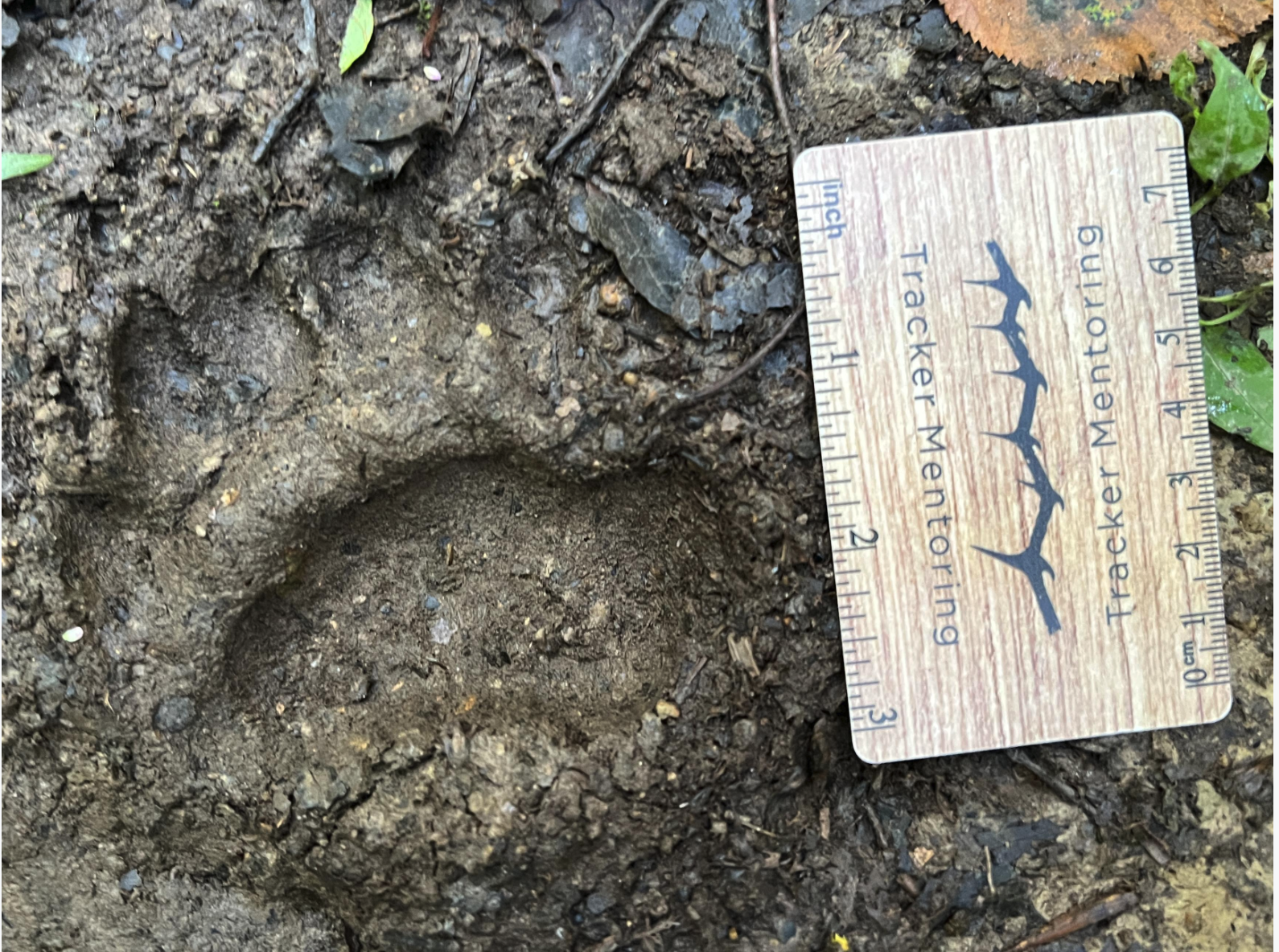
Black Bear
5. 22nd April is Earth Day, and a great opportunity for each of us to reconnect with nature. Do you have any advice for readers on ways to do that?
I think time in nature makes humans better people in every way. I think nature connection is missing in many people’s lives and they don’t even have an experience or understanding to highlight the value of it. We have one planet to call home, and we share it with many living things that would do quite fine if we were absent. Our impact on the planet and all of those other lives is not always a positive impact. Getting to know a wild animal through their tracks and sign; understanding the importance of the health of the trees that feed so many animals; or the flowers that make it possible for bees to pollinate our food sources; realizing that all of these are connected is important. Just stepping away from the screens and daily life stress and sitting in the woods can shake up your perspective, and always improves your mood. Nature time can be profoundly life-altering and I hope everyone makes it a point to experience and nurture the practice.
6. Which is your favorite animal to track, and why?!
Fishers! Definitely never boring, great morphology, a bit mysterious, they check all of the boxes for me and we have a healthy population on our property, so regularly rewarding. My someday-dream animal to track is a mountain lion, though. Although many, many claims exist, sadly no mountain lion tracks or signs in my NY backyard.
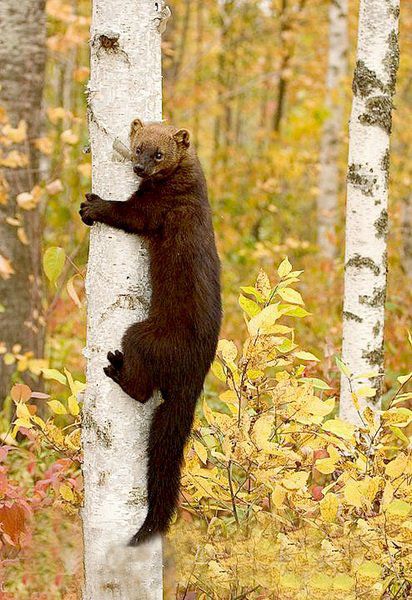
Fisher
